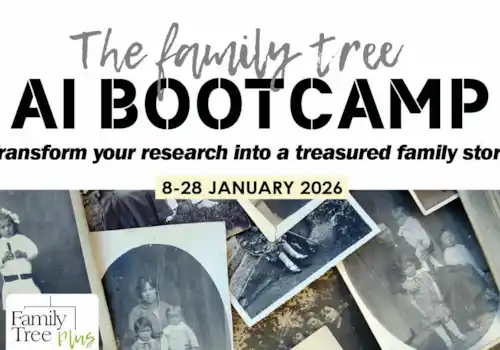Thousands of ships were sunk in World War I, and many of the people on board had no grave but the sea. However, various records may help you find your ancestors who died in wartime shipwrecks or survived them. Simon Wills takes us through some of the options.
Most ships lost in World War I were sunk by U-boats, which claimed around 5,000 vessels, but some were the victims of sea mines (about 260 ships), or rapid-attack lone cruisers known as ‘raiders’ (140 vessels). There were also a number of ships lost to the normal reasons that can cause wrecks at any time, such as storms or collisions.
If your ancestor was killed in a World War I shipwreck, then the Commonwealth War Graves Commission website should identify your forebear if they served in the Royal Navy or Merchant Navy. For either service, the name of the ship on which your ancestor died should be listed.
Once you have a ship’s name then the Wrecksite database is very helpful. It usually describes the circumstances of the vessel’s loss, the owner’s name, the death toll, provides a picture and tells you whether the wreck has been located. It may also identify some or all of the people who were on board at the time.
If the ship was sunk by a German submarine then the U-boat website often reveals more detail such as the route a merchant ship was taking and its cargo. It has mini biographies of U-boat commanders and shows other vessels targeted by the same U-boat.
Royal Navy shipwrecks
For Royal Navy shipwrecks, there is a list of named casualties by ship from the major naval engagement of the war, the Battle of Jutland, on the Naval-History site. The service records for individual officers and ratings will also reveal their fate: whether they died on a ship that sank, or survived the experience.
These records are all held by The National Archives (TNA): look under Royal Navy in the site’s A-to-Z of research guides. Usually, the record for someone who died in service is marked ‘DD’ (discharged dead).
Adapted from a longer article in the June issue of Family Tree magazine.
About the author
Dr Simon Wills is a genealogist and author with more than 30 years’ experience of researching his ancestors. He has a particular interest in maritime history and the natural world. His latest book is A History of Birds (White Owl). He is also author of The Wreck of the SS London, Tracing Your Seafaring Ancestors, and How Our Ancestors Died amongst others.








